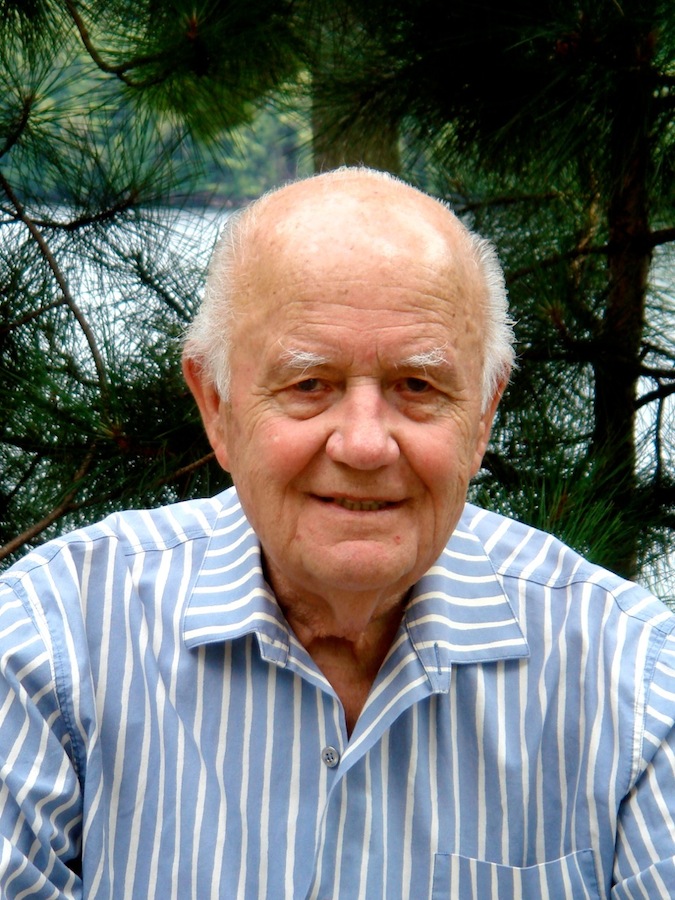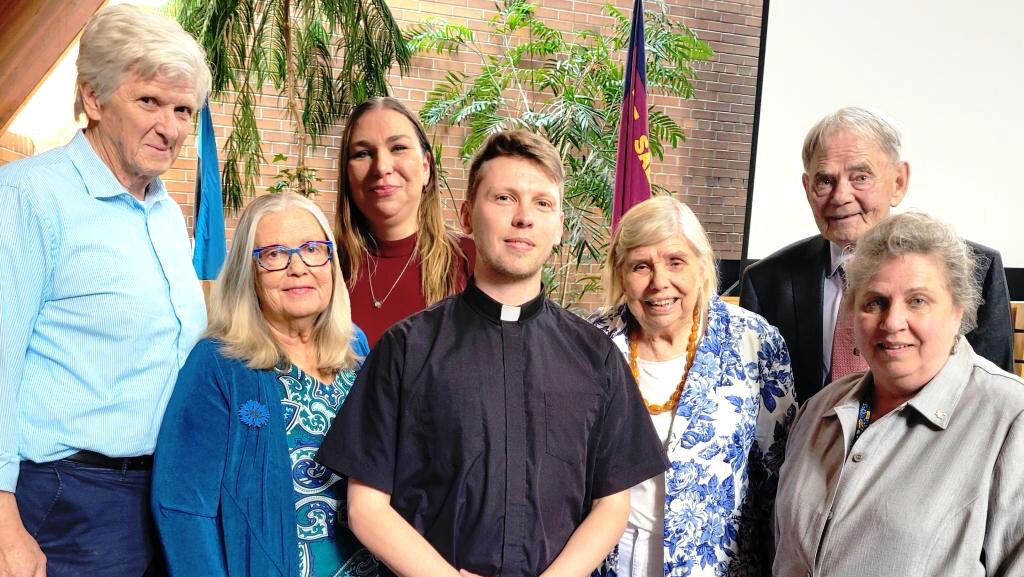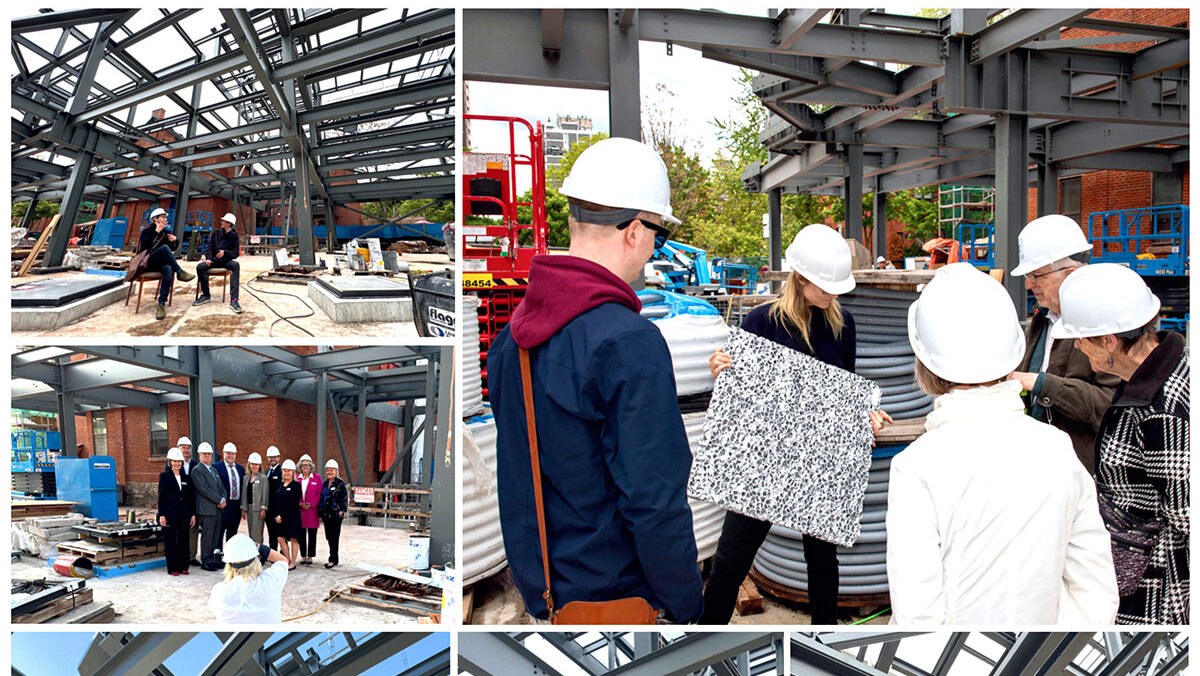He often talked with fondness about the summers he spent, as a teenager, at Sahtli farm on the shore of Käina Bay, swimming, fishing, boating. (The Sahtli farm was across the village road from my home. I know the place well. At around 45 metres, the Sahtli house is the longest farm dwelling in Estonia.) Elmar was able to recount with humour the foibles of an inebriated farmhand on whose work habits Elmar's father couldn't always depend. Without being obsessed or maudlin, Elmar had a genuine attachment for the island.
Although on the rare occasion he allowed himself the lavishness of a temper, his temperance and emotional demeanour could be said to be a Hiiu trait. In social situations he was a man at ease and he put the people he met at ease.
The legacies he leaves were his own initiatives, often fraught with numerous skeptics. But difficulties steeled his drive and commitment. He's had a deep impact on the Estonian community. The establishment of Tartu College has evolved into a vital centre for study, culture and education. The permanent chair of Estonian studies at the University of Toronto represents excellence in academic pursuit and an accomplishment that has eluded much larger communities. The amalgamation of two Estonian newspapers into one viable publication, Eesti Elu, was a crucial rescue operation that guaranteed the survival of a community voice. The recent creation of the Estonian Studies Centre to be eventually located within a museum of Estonian heritage abroad is destined to embody a vital aspect of the Estonian diaspora. The goals he was determined to attain weren't pursued from a comfortable distance but close up, amongst the frey.
He wasn't bitter that he was robbed of his youth by totalitarian invasion and the war. Neither did he brag about his ability to overcome the disadvantages of refugee life and gain the status of a recognized architect and entrepreneur. He valued talent and the innovative spirit. He favoured meritocracy not wealth, privilege or social status. I'm convinced he thrived under pressure. Because of meticulous planning, a quality valued in architecture, he was known for bold, not reckless choices.
It's said that Hiidlased have a unique, peculiar sense of self identity usually expressed in humour. Elmar told me this once: A Hiidlane was asked whether he had any famous relatives. He replied, “Yeah, my grandfather was the 500th visitor to a country fair.” A Hiidlane has no time for the pretentious status seeker.
One inevitably asks why Elmar expended the tremendous effort and sometimes personal financial risk to gain his achievements. Recognition? A little. A challenge? Somewhat. Disproving skeptics? Perhaps. Personal satisfaction? Partially. A sense of mission? Probably. Commitment to Estonians and Estonia? Definitely.
I did not find Elmar to be mysterious or contradictory. He was likely motivated by many things. He has mentioned the legitimacy of grabbing an opportunity to benefit the community for the long term. Whatever drove him had no selfish attributes. He had a vision and he had the wherewithal to make it real.
Laas Leivat




